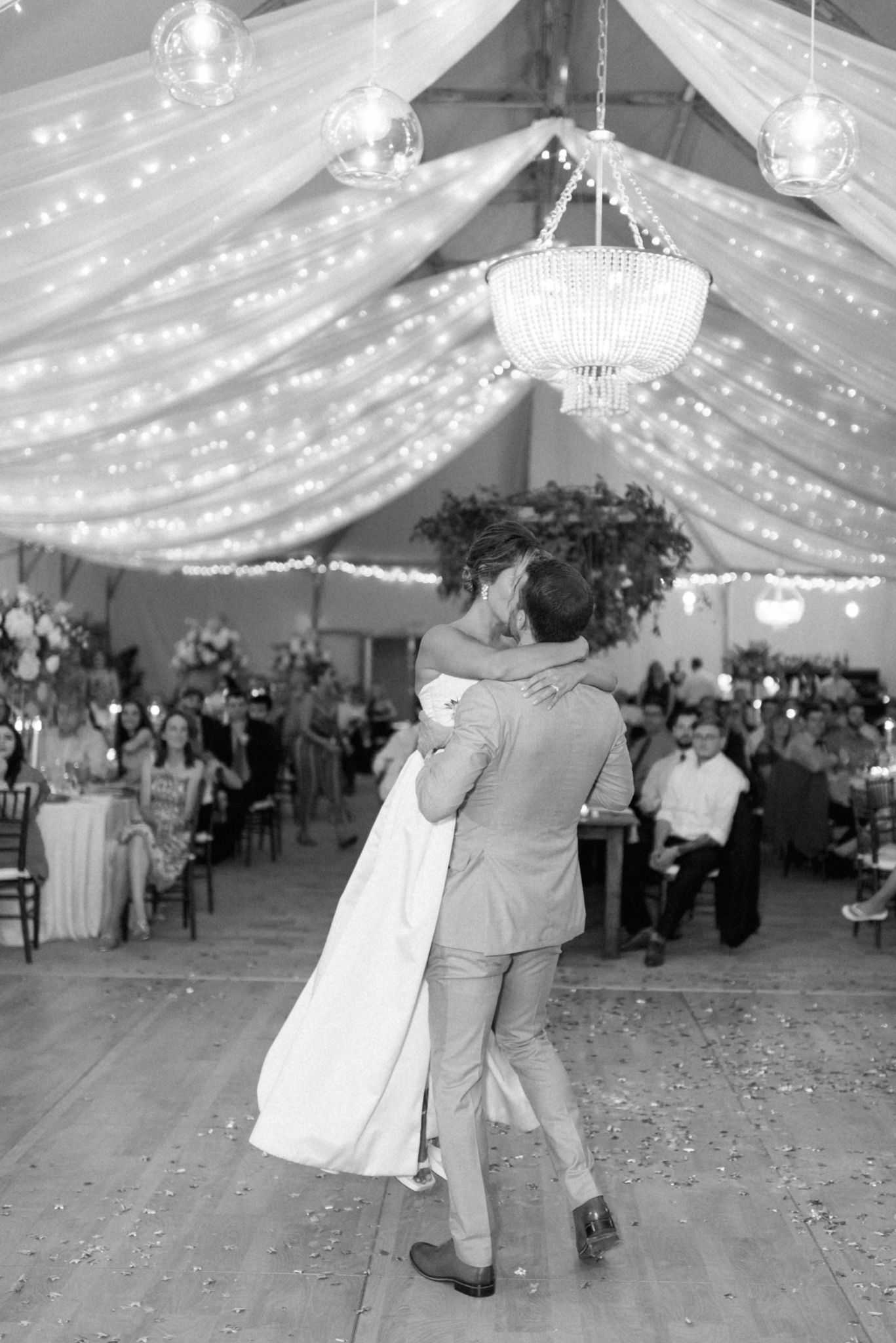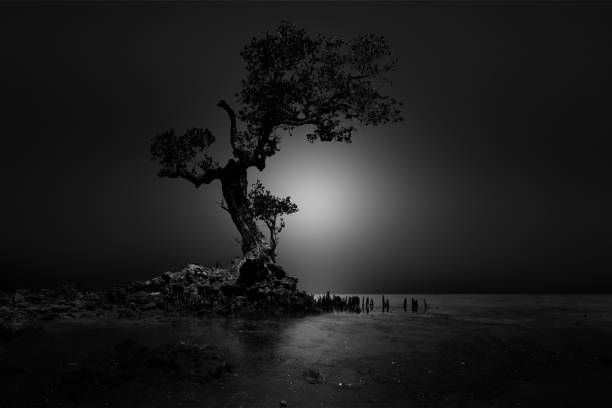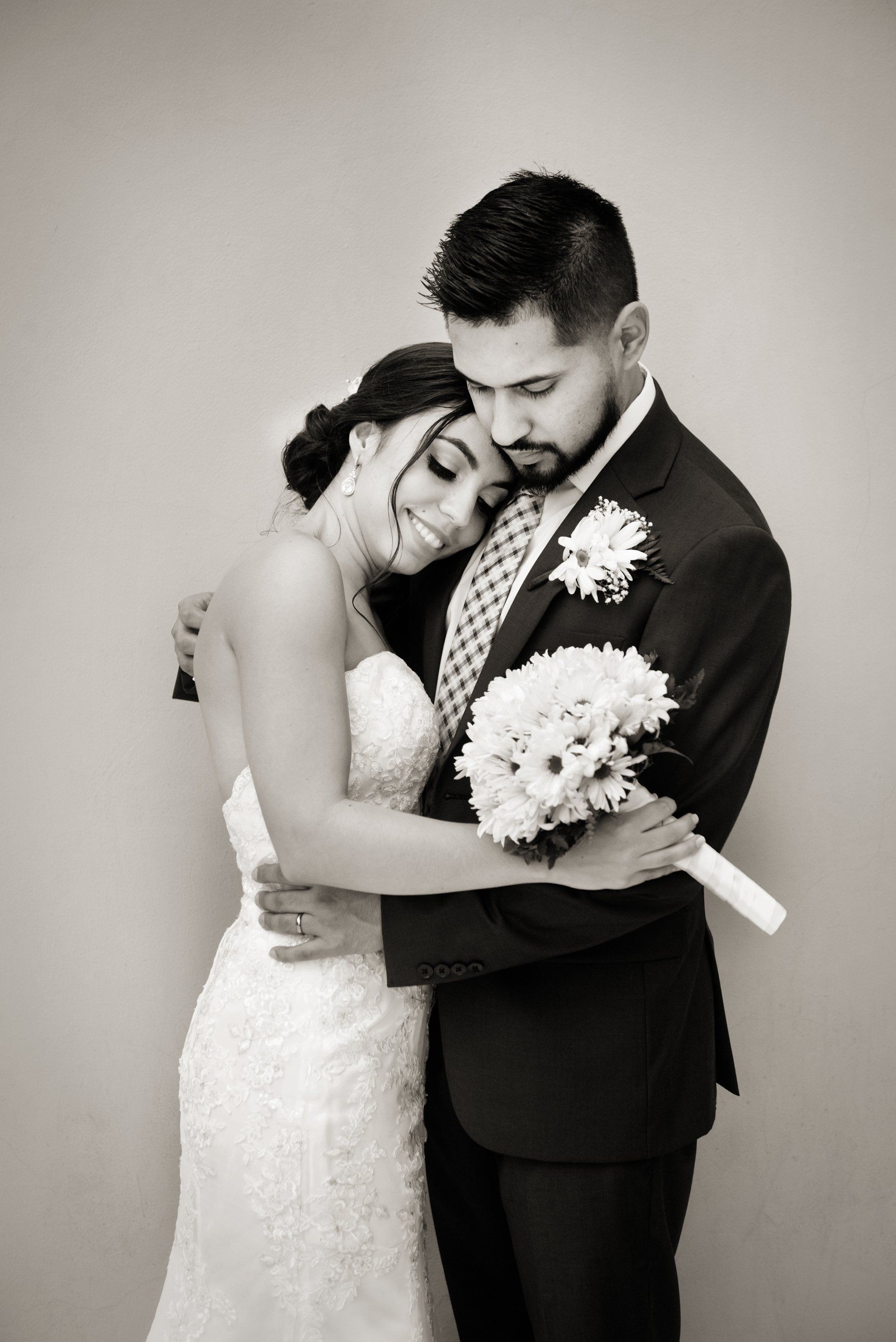Blog Layout
Monochrome Fine-Art Photography Techniques
Oct 21, 2023
The Beauty of Black and White

Fine-art photography transcends the realms of mere documentation, immersing itself in the world of artistic expression. In this multifaceted universe, black and white, or monochrome, photography holds a unique allure. With its timeless beauty, ability to convey deep emotions, and artistic impact, monochrome fine-art photography is a favorite among both established photographers and those beginning their artistic journey. In this comprehensive guide, we embark on a journey through the world of monochrome fine-art photography, exploring the techniques, creative processes, and enduring charm of this captivating medium.
The Allure of Black and White Photography
The allure of black and white photography lies in its timelessness and the unique artistic impact it carries. While color photography can be captivating, monochrome images offer a different dimension of beauty, emotion, and storytelling.
Black and white photographs have a distinct ability to evoke deep emotions and moods. By stripping away color, the focus shifts to form, texture, and contrast. This shift emphasizes the interplay of light and shadow, which often results in striking, dramatic compositions that captivate the viewer. The absence of color allows the photographer to convey raw and unfiltered emotions, drawing the audience into the heart of the image.
Selecting the Perfect Camera for Monochrome Images
Choosing the perfect camera for capturing stunning monochrome images is a crucial decision in the world of fine-art photography. Several factors come into play when selecting the right camera to achieve your artistic vision in black and white.
First and foremost, the choice between digital and film cameras is fundamental. Digital cameras provide immediate feedback, allowing for more control during post-processing, making them a popular choice for contemporary monochrome photographers. The high-resolution sensors of modern digital cameras capture intricate details and rich tonal ranges, offering an ideal platform for monochrome photography.
On the other hand, film cameras hold a special place in the hearts of traditionalists and artists who value the tactile and analog nature of the medium. Black and white film inherently possesses the unique capacity to capture subtle nuances in light and shadow, providing an authentic, classic look that many photographers treasure.
Composition and Visualization in the World of Monochrome Photography
Composition and visualization are pivotal in the world of monochrome photography. Black and white images rely heavily on the interplay of light, shadow, and contrast, making composition a critical element in creating powerful and emotive photographs. Embracing the principles of composition, such as leading lines, rule of thirds, and framing, enables photographers to craft visually compelling images. Visualization, the art of seeing the world in shades of gray, helps photographers pre-visualize how scenes will translate into monochrome. By mastering these aspects, photographers can convey mood, emotion, and storytelling with striking simplicity, ultimately creating captivating monochrome masterpieces.
Capturing Texture and Detail in Monochrome Images
Capturing texture and detail in monochrome images is an art form that breathes life into the visual narrative. In black and white photography, texture becomes even more pronounced as color distractions fade away. Close-up shots of surfaces, such as weathered wood or aged stone, showcase their intricate textures, while subtle details in portraiture, like fine lines and pores, reveal the essence of a subject. The interplay of light and shadow becomes paramount in emphasizing texture, creating depth and tactile qualities. By focusing on these elements, photographers can craft monochrome images that not only engage the viewer's sense of touch but also evoke a powerful emotional response.
The Fascination of Macro Photography
Macro photography unveils a world of fascination that often escapes the naked eye. In this enchanting realm, minute details become larger-than-life, revealing intricate patterns, textures, and exquisite beauty. Macro lenses enable photographers to explore the hidden worlds of insects, flowers, and everyday objects, unveiling astonishing intricacies. The art of macro photography captures the wonder of the minuscule and invites viewers to connect with the unseen. Whether it's the delicate intricacies of a butterfly's wing or the mesmerizing patterns of frost on a leaf, macro photography offers an opportunity to showcase the mesmerizing artistry of the small and brings a sense of awe to the forefront.
Digital vs. Film: The Post-Processing Workflow
The post-processing workflow in digital and film photography varies significantly, offering distinct advantages and challenges for monochrome imagery.
In digital photography, the workflow is characterized by immediacy and flexibility. Digital sensors capture high-resolution images with fine tonal details. Post-processing software such as Adobe Lightroom and Photoshop empowers photographers to fine-tune contrast, brightness, and sharpness. The flexibility to convert color images to monochrome with precise control over tonal values and contrast makes digital post-processing ideal for crafting compelling black and white photographs. It also allows for experimenting with various artistic effects, adding a layer of creative exploration.
Film photography, on the other hand, follows a more hands-on and analog workflow. Shooting black and white film provides a unique, tactile experience. However, the process involves additional steps, such as developing and scanning. The darkroom, whether physical or virtual, plays a vital role in achieving the desired monochrome effect. Photographers use techniques like dodging and burning to manipulate exposure, emphasizing the artistic aspect. The organic grain and nuanced tonal transitions inherent in film contribute to its timeless and authentic monochrome appeal.
black and white, or monochrome, fine-art photography is a discipline that encourages photographers to unleash their creativity, convey profound emotions, and tell captivating stories. By understanding the historical context, mastering the techniques, and developing a unique artistic vision, photographers can create images that stand the test of time. In a world saturated with color, monochrome fine-art photography serves as a poignant reminder that sometimes, less is indeed more, and simplicity holds boundless beauty.
With the guidance provided in this comprehensive guide, aspiring and established photographers alike can embark on their own journey into the world of monochrome fine-art photography, capturing the beauty, emotion, and timelessness that this medium has to offer. As you explore the techniques, embrace the history, and find your unique voice, you'll discover that black and white photography is a timeless art form that truly stands the test of time.
© 2024
All Rights Reserved | Erickson Manono Photography







